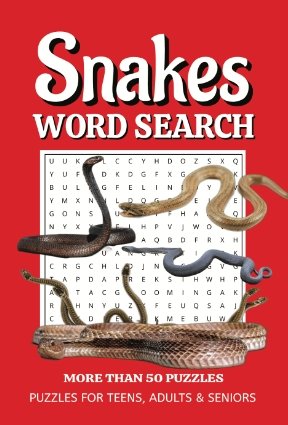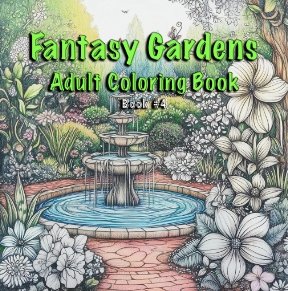When I first started dabbling in website design, I thought that the visual appeal of a site was just about picking the right colors, aligning images, and making sure everything looked neat. But as I dug deeper, I realized that creating website graphics is an art form that requires understanding not just what looks good, but what resonates, what engages, and what stands out in an ocean of online content. Over the years, I’ve discovered that the most successful website graphics aren’t just visually appealing—they’re innovative, they break the mold, and they stay ahead of the curve by tapping into underground trends and using non-obvious techniques.
One of the most intriguing trends I’ve noticed recently is the rise of brutalism in website design. Initially, this might seem counterintuitive. Brutalism is all about raw, unpolished, and even ugly elements that challenge the conventional norms of smooth and sleek web design. However, this underground trend is gaining traction because it forces users to focus on the content rather than the aesthetics. The graphics in brutalist designs often feature stark contrasts, bold typography, and intentionally jarring color schemes. This approach disrupts the user’s expectations, creating a memorable experience that keeps them engaged longer than a traditionally beautiful site might.
Another non-obvious technique that’s beginning to make waves is the use of interactive micro-animations. These aren’t the large, in-your-face animations that slow down a website’s load time, but small, subtle movements that respond to user actions. For example, a button might slightly shift in color when hovered over, or an image might tilt ever so slightly as you scroll past it. These micro-animations bring a website to life, making it feel more dynamic and responsive. They’re the kind of detail that users might not consciously notice, but they contribute to an overall feeling of quality and engagement. The trick here is to keep these animations so subtle that they enhance the experience without drawing attention away from the content itself.
A disruptive innovation that’s beginning to redefine the landscape of website graphics is the integration of AI-generated art. Initially, there was skepticism about using AI in creative fields. After all, how could a machine create something with the same depth and emotion as a human artist? But as AI technology advances, we’re seeing an explosion of unique and highly customizable graphics generated by algorithms. These AI tools can create intricate patterns, design custom illustrations, and even generate entire visual identities based on a set of input parameters. What’s particularly exciting about this is that it allows for endless possibilities—designers can experiment with styles and ideas that would have taken much longer to create manually, or perhaps wouldn’t have been possible at all.
Incorporating these underground trends, non-obvious techniques, and disruptive innovations into your website graphics doesn’t just make your site look good; it makes it feel modern and forward-thinking. Whether it’s through the raw, unfiltered approach of brutalism, the delicate enhancement of micro-animations, or the cutting-edge creativity of AI-generated art, these elements help your website stand out in a crowded digital space.
The key to using these techniques effectively is balance. It’s easy to go overboard with something new and exciting, but the most impactful designs are those that use these trends and innovations with purpose. When done right, they don’t just catch the eye—they capture the imagination, leaving a lasting impression that goes beyond the screen. As I continue to explore the evolving world of website graphics, I’m constantly reminded that the best designs aren’t just about following trends, but about understanding the underlying principles that make those trends work and then using them in a way that feels authentic and fresh.
In the end, that’s what truly great website graphics are all about not just looking good but communicating something deeper, something that connects with users on a more meaningful level.






















